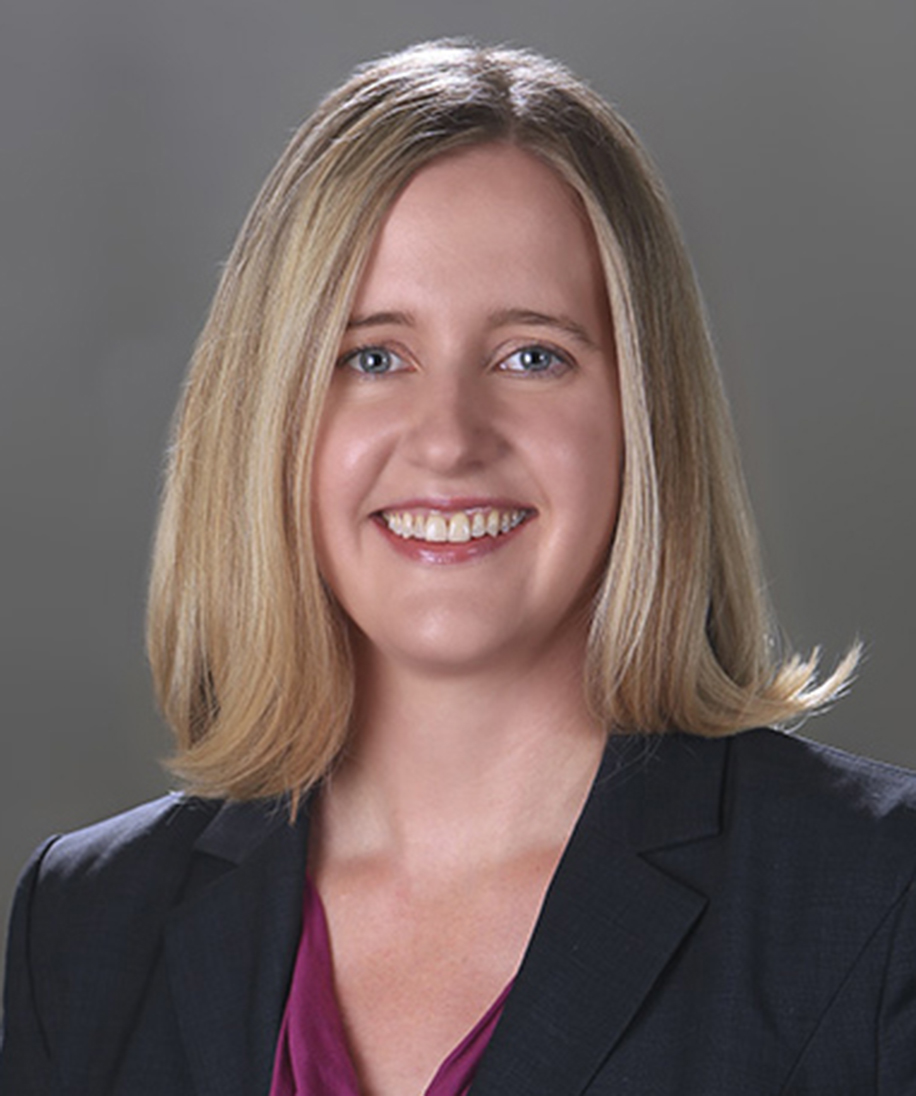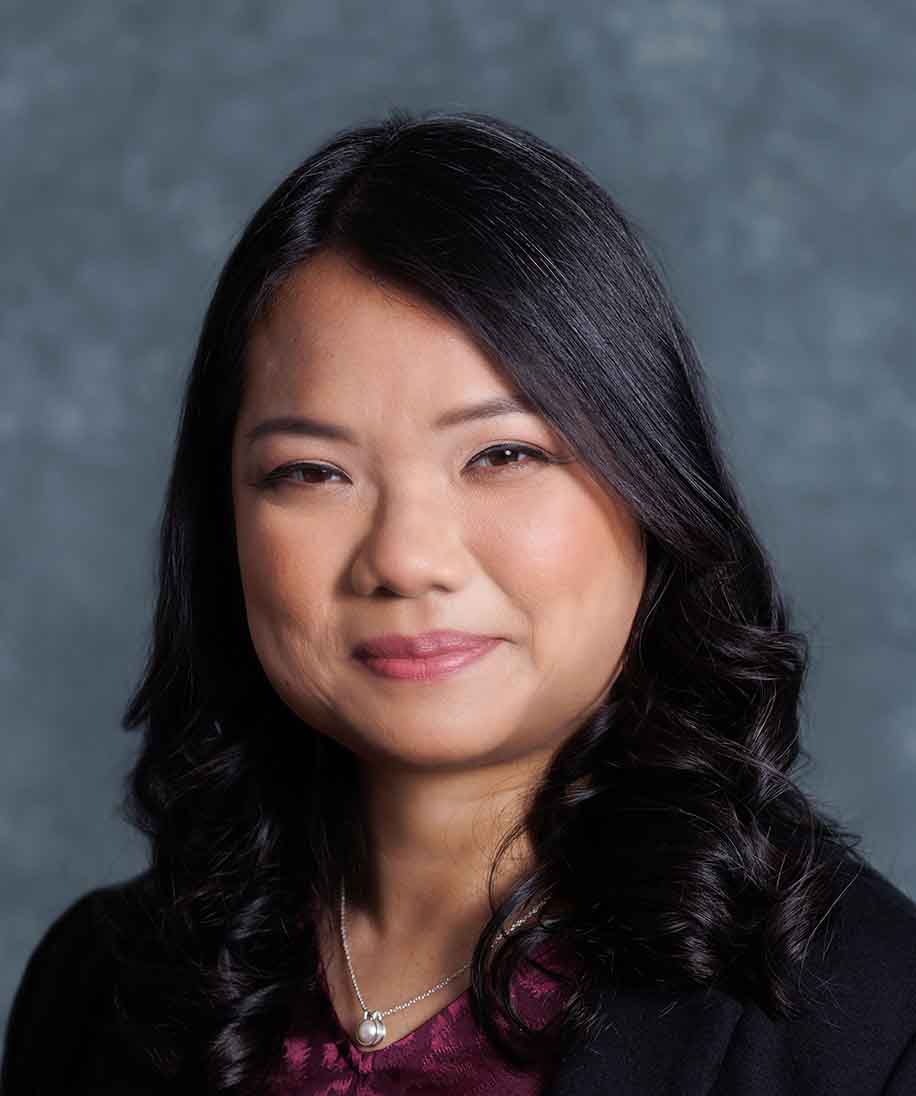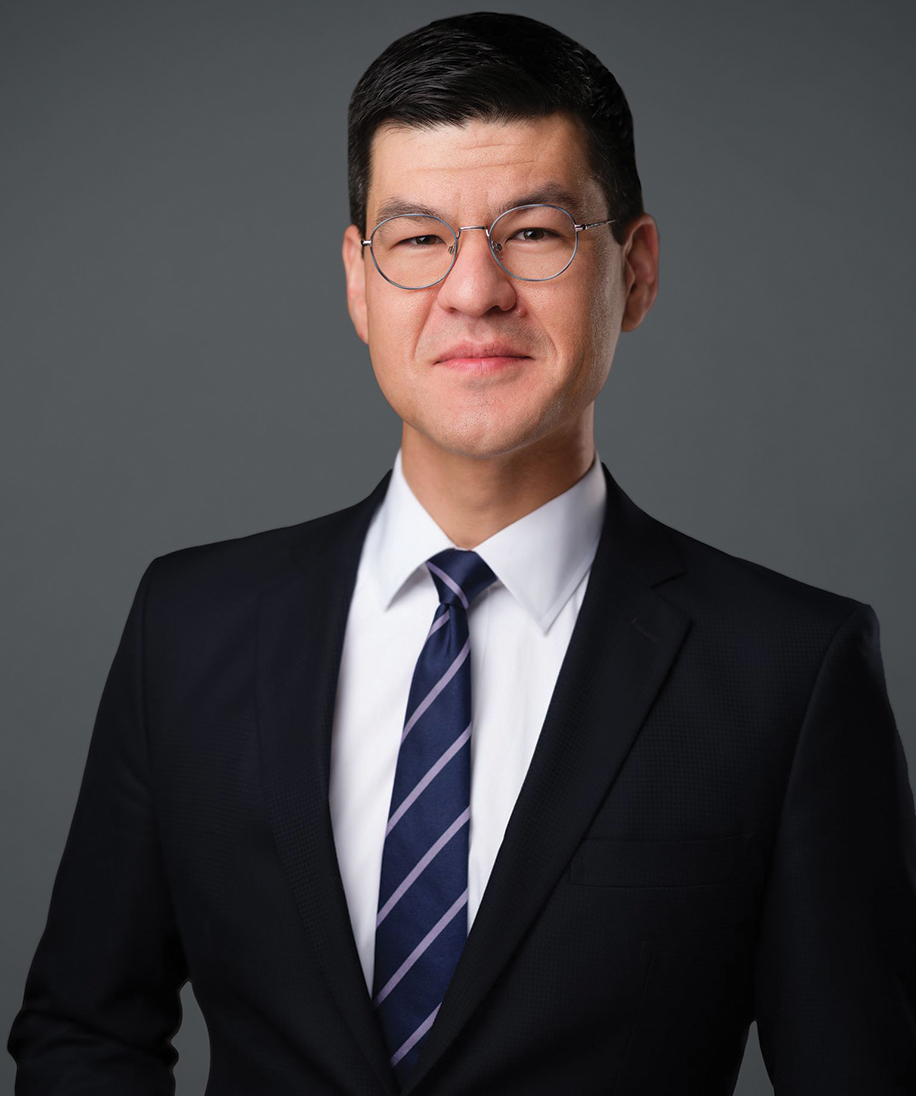Client Alert
Federal Circuit Clarifies the Scope of IPR Estoppel
May 09, 2025
By Elizabeth L. Brann,Matthias A. Kamber,Naveen Modi,Lisa Nguyen,Joseph E. Palys,David Tennant,Robert Unikel,Daniel Zeilberger,Chetan R. Bansal,Helen Gustafson,Maksim Mints,
Brooke Morgan Wilner
and Michael WolfeThe Federal Circuit recently clarified the scope of statutory estoppel that applies in District Court after the PTAB issues a final written decision in a related inter partes review (IPR). Ingenico Inc. v. IOENGINE, LLC, No. 23-1367 (Fed. Cir. May 7, 2025). Resolving a split among District Courts and judges, the Federal Circuit held that estoppel under 35 U.S.C. § 315(e) is limited to assertions that a patent is invalid under §§ 102 or 103 because it was patented or described in a printed publication (or would have been obvious only on the basis of prior art patents or printed publications). Consequently, the Federal Circuit explained, statutory estoppel does not preclude arguments that a claimed invention was known or used by others, on sale or in public use, even when patents or printed publications form a basis for such arguments.
As background, IOENGINE alleged patent infringement in the District of Delaware. Ingenico initiated IPR proceedings that culminated in the PTAB holding some but not all of the asserted claims unpatentable. Back in District Court, during a trial presided over by Federal Circuit Judge William Bryson sitting by designation, the jury found the surviving claims invalid after Ingenico raised system art (a thumb drive called DiskOnKey) in combination with publications describing the system. On appeal, IOENGINE argued that it was entitled to a new trial because Ingenico should have been estopped from presenting those publications, which could have been presented in the IPR proceedings.
IPR estoppel covers “any ground that the petitioner raised or reasonably could have raised during that [IPR].” 35 U.S.C. § 315(e)(2). The Federal Circuit’s decision turned on the interpretation of the term “ground,” an issue on which District Courts have been divided. To define the term, the Federal Circuit looked to the use of the term in other parts of the statute. Under 35 U.S.C. § 311(b), the scope of an IPR request is limited to “a ground that could be raised under section 102 or 103 and only on the basis of prior art consisting of patents or printed publications.” The Federal Circuit reasoned that under 35 U.S.C. § 312(a)(3), “prior art is evidence of a ground, not coextensive with a ground.” The Federal Circuit also cited Qualcomm Inc. v. Apple Inc., No. 23-1208, 2025 WL 1174161 (Fed. Cir. Apr. 23, 2025), where the Federal Circuit found that the basis of an IPR challenge can only be patents or printed publications rather than applicant-admitted prior art. The Federal Circuit concluded that “[b]y design, a petitioner has no opportunity to challenge that the claimed invention was known or used by others, on sale, or in public use at IPR.”
Because Congress could have written the statute to recite “any prior art” rather than “any ground,” it is a ground, rather than prior art, that is asserted during IPRs. Thus, IPR estoppel only prevents District Courts from considering invalidity grounds based solely on the same evidence — patents and printed publications — that could have been presented to the PTAB. Under Ingenico, District Courts are free to consider invalidity in view of that same evidence in combination with other types of evidence, such as system art, that could not have been raised as a ground before the PTAB.
The Ingenico decision may also be read in view of the policy updates issued over the last few months by the PTO regarding post-grant proceedings. Under the updates, the practical effects of which are still uncertain, Sotera stipulations may no longer prevent a discretionary denial, especially where a “petitioner is relying on corresponding system art in a co-pending proceeding and/or several other invalidity theories.” It remains to be seen what practical effect the Ingenico decision will have, and whether the PTO will address it with additional guidance.
Contributors












Practice Areas
For More Information











